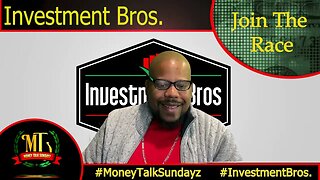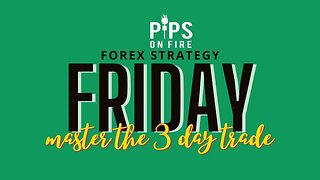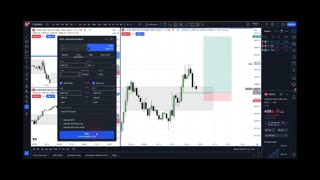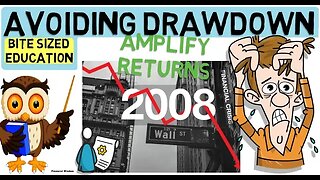Trading Against the S&P 500; Is That a Good Idea
Hello, everyone, and welcome back to Money Talk Sundayz, where we discuss intriguing and sometimes, counterintuitive topics in finance. I’m your host, Stevie Bee. Today, we're delving into a concept that may seem unusual to some, trading against the S&P 500. Yes, you heard it right! Going against one of the most trusted and widely followed indexes in the world.
Before we start, I must clarify that this isn't investment advice but an exploration of a diverse approach in the financial markets.
The S&P 500 is often hailed as the holy grail of indexes. It comprises 500 of the largest companies listed on U.S. stock exchanges, essentially providing a snapshot of the U.S. economy. It's stable, reliable, and has a long history of delivering steady returns. So why would anyone consider trading against it?
First, let's clarify what trading against the S&P 500 means. It's not necessarily about short selling the entire index. Instead, it involves strategies such as taking positions in assets that are inversely correlated to the S&P 500, or buying into sectors or companies that are currently underrepresented or not included in the index.
One reason for trading against the S&P 500 is diversification. While the S&P 500 includes a broad range of companies, it's heavily skewed towards the largest ones. The top 50 companies make up over 50% of the index's value. Hence, if you're only following the S&P 500, your investments are highly concentrated in a few big players, leaving you exposed to sector-specific or company-specific risks. By trading against the index, you can diversify into other sectors, smaller companies, or different asset classes that can offer opportunities for alpha, or risk-adjusted outperformance.
Another reason is the potential for higher returns. The S&P 500 has historically provided steady, but not spectacular, returns. In bull markets, it's common for certain sectors or asset classes to significantly outperform the S&P 500. For example, during the tech boom of the late 1990s, tech stocks massively outperformed the broader market. Similarly, during the housing boom of the mid-2000s, real estate-related stocks and assets outperformed. Trading against the S&P 500 allows you to seek these higher returns.
Lastly, trading against the S&P 500 can provide a hedge against market downturns. When the market crashes, the S&P 500 usually falls with it. But some assets, such as gold or certain defensive stocks, often perform well during these periods. By trading against the S&P 500, you can include such assets in your portfolio, providing a hedge against market volatility.
Now, trading against the S&P 500 is not without risks. It requires a thorough understanding of market dynamics, careful risk management, and a willingness to accept potential losses. But with careful planning and execution, it can provide diversification, the potential for higher returns, and a hedge against market downturns.
And that's it for today's episode. Remember, the world of finance is not black and white. It's a rainbow of opportunities. Don't limit yourself to the standard paths. Be curious, be bold, explore, and you might just find a pot of gold at the end of your financial rainbow.
Until next time, this is your host, Stevie Bee, signing off. Keep exploring, folks!
-
 5:56
5:56
therealsteviebee
1 year agoTrading Against the S&P 500; Is That a Good Idea
6 -
 9:55
9:55
victoria2k
1 year agoHOW TO TRADE S&P 500 #TechnicalAnalysis
-
 0:57
0:57
BeachBumTrading
4 months agoIs XXXX a Good Leveraged ETF to use to Trade the S&P 500?
152 -
 17:53
17:53
victoria2k
1 year ago🔴3 Reason Trading Can Be Hard & How To Overcome It
3 -
 6:56
6:56
Korbs
2 years agoCRAZY S&P 500 Trade Review!
-
 0:07
0:07
Edney Pinheiro
1 year ago $0.01 earnedS&P500 Insane 10 Risk Reward Trade
5 -
 3:52
3:52
TopT2024
3 months agoVery Fast Real S&P 500 Live Trade! 08.12.2023
270 -
 8:43
8:43
FWisdom
2 years agoAVOIDING DRAWDOWN - In Trading & Investing
4 -
 0:53
0:53
Learn to Trade with Joseph James
1 year agoBEST Way to Improve Trading & Gain Profits..💰
1 -
 4:03
4:03
EricKrownCrypto
3 years agoGOOD Trading Is BORING & Why This Is A Good Thing.